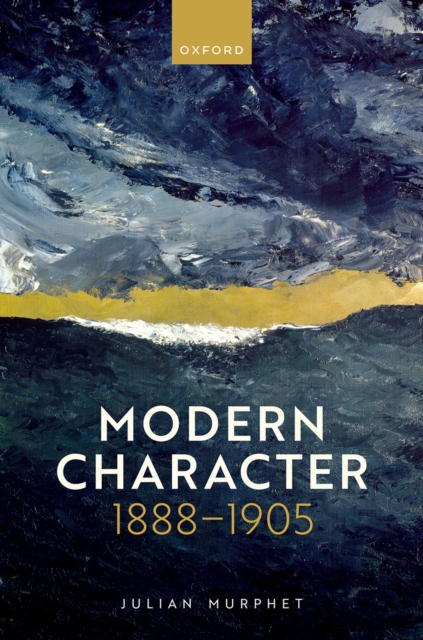
Modern Character : 1888-1905 PDF
by Julian Murphet
Description
How was modern character made or remade at the turn of the twentieth century?
Modern Character: 1888-1905 considers a range of literary and dramatic texts, showcasing the extraordinary efforts of various writers to rethink and reinvent 'human character' during this period.
Arguing that many of the most significant breakthroughs happened in the small theatres of Europe in the 1890s, the book's first section demonstrates how the countervailingcurrents of Naturalism and Symbolism created a vortex in which time-honoured truisms about character consistency, depth, and verisimilitude were jettisoned.
Works by Ibsen, Strindberg, Maeterlinck, and Chekhov provide evidence of a searching and critical campaign against assumed models of characterization. The second section turns to contemporary prose narratives, with attention to Knut Hamsun, Oscar Wilde, Joris-Karl Huysmans, Gabriele D'Annunzio, Henry James, George Egerton, Edith Wharton, Kate Chopin, and Joseph Conrad, to ask what writers working in the novel, novella, and short-story forms were doing to contest prevailing expectations about represented persons.
Inconsistency, bad faith, fragmentation, and unconscious motives creep into the character spaces of these fictions.
Characterdescription recedes and plots disintegrate; a penumbral negativity intrudes just where identification and sympathy might have been achieved. Ultimately, Julian Murphet proposes that the 'modern character' emerging over this decade and a half presents a radical rethinking of a venerable category of narrative and dramatic art, with profound consequences for the coming century.
Information
-
Download - Immediately Available
- Format:PDF
- Pages:272 pages
- Publisher:OUP Oxford
- Publication Date:22/01/2024
- Category:
- ISBN:9780192677808
Other Formats
- EPUB from £56.67
Information
-
Download - Immediately Available
- Format:PDF
- Pages:272 pages
- Publisher:OUP Oxford
- Publication Date:22/01/2024
- Category:
- ISBN:9780192677808






